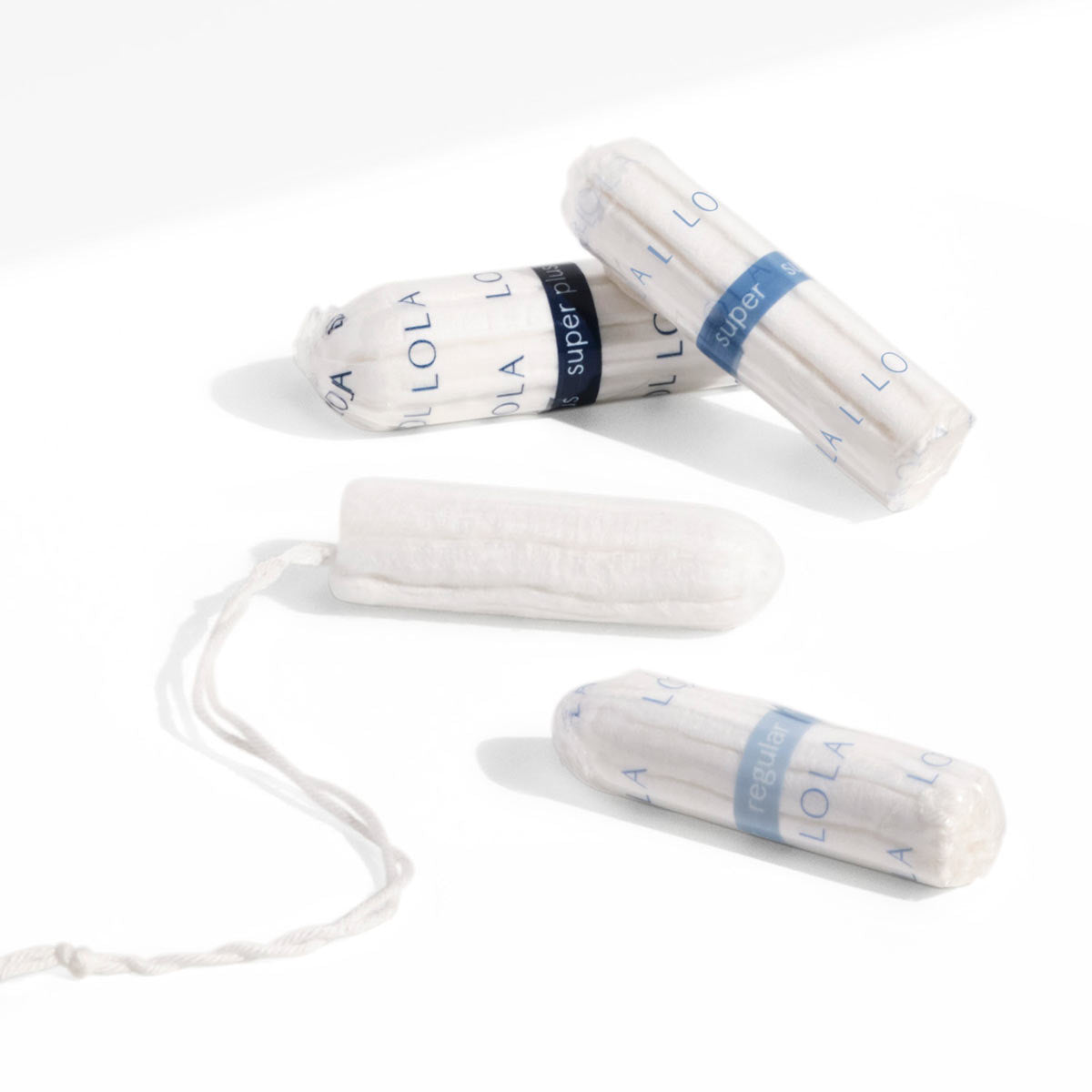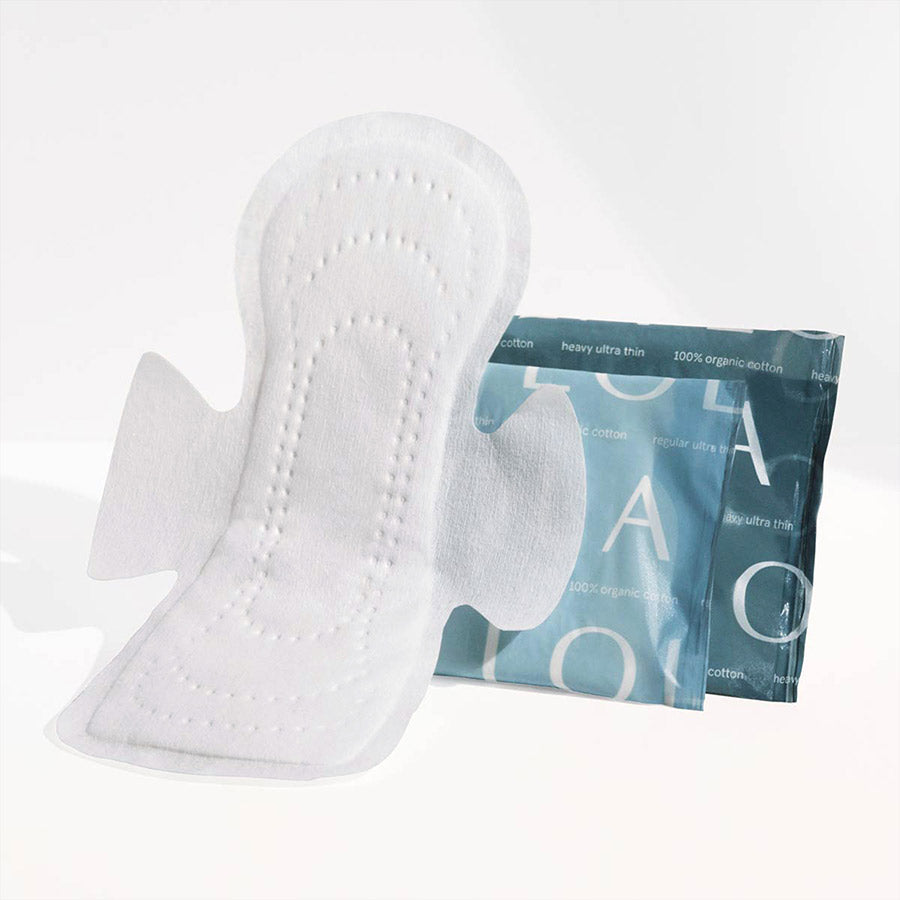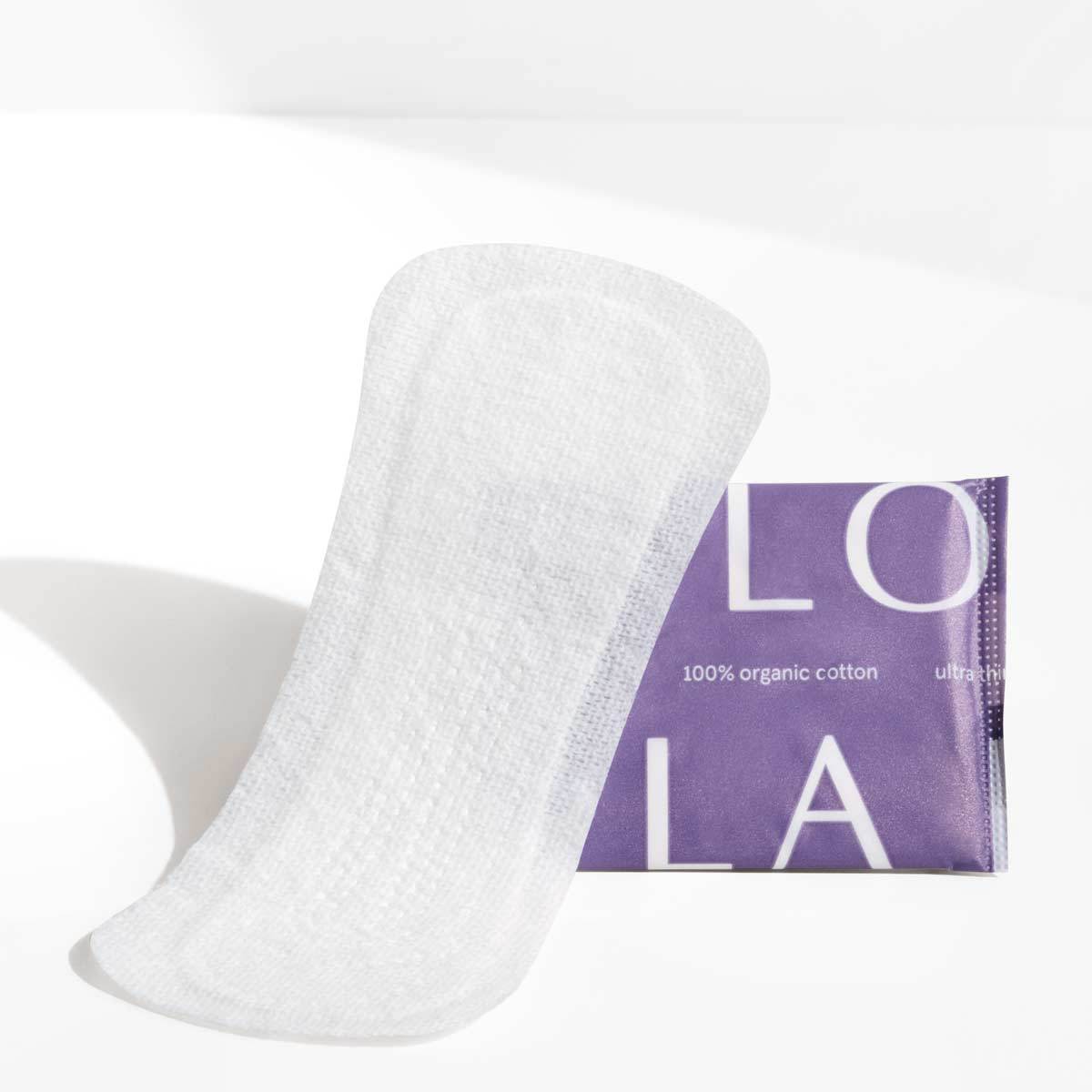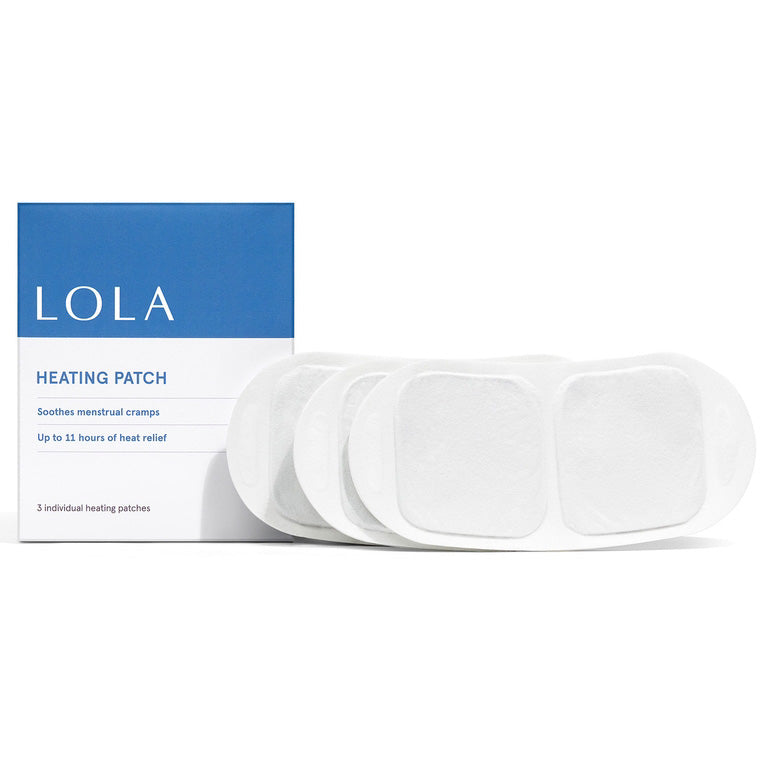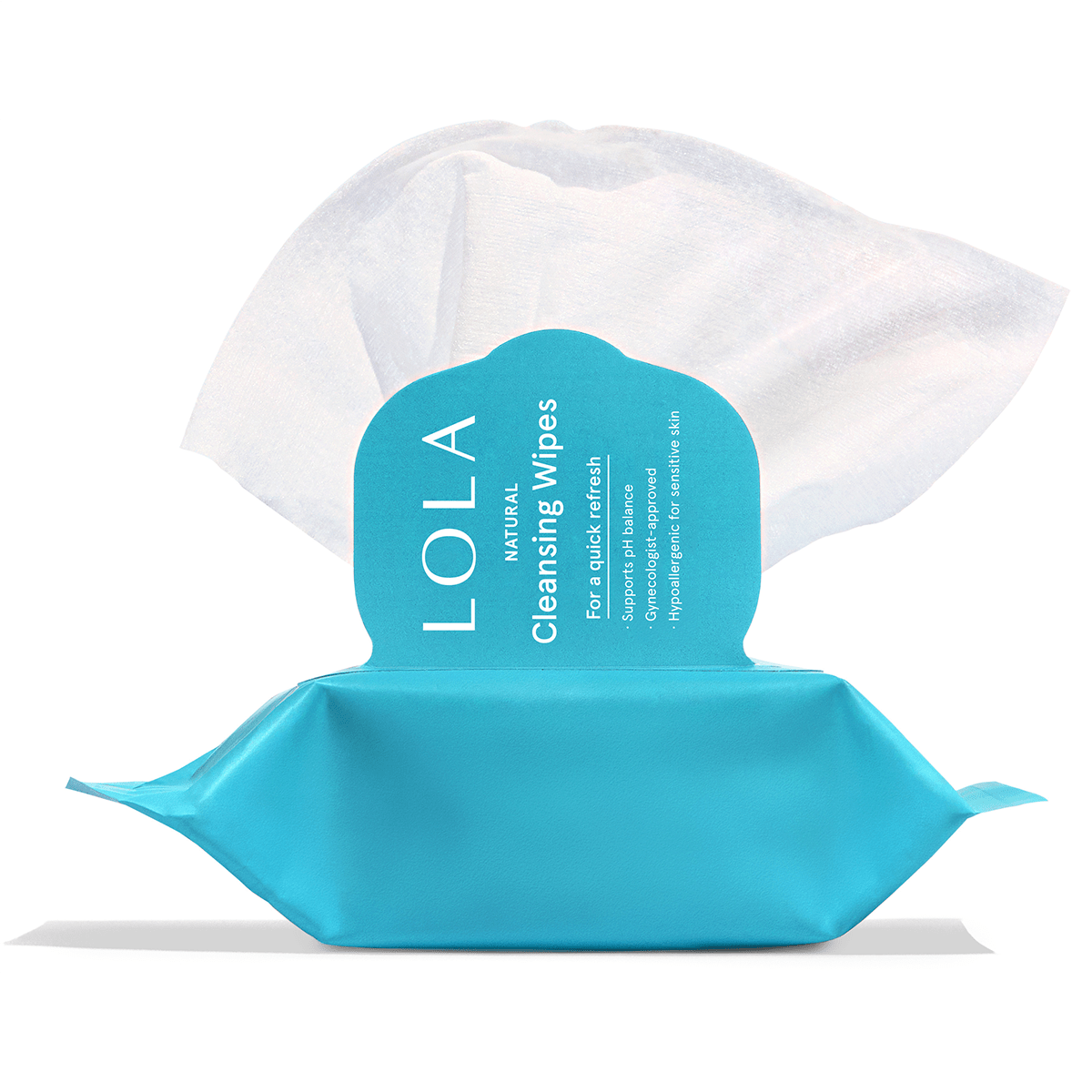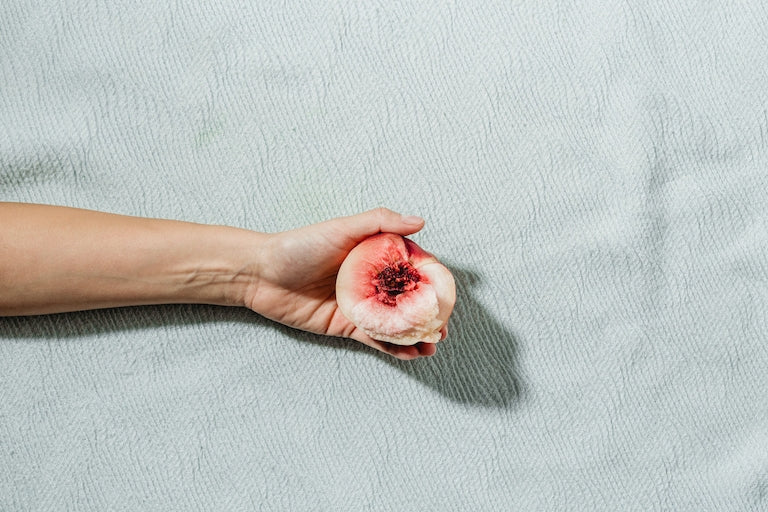Last year, my stomach dropped when I felt a lump inside my vagina. It was pea-sized and didn't hurt, but having a semi-solid mass anywhere in the body is never welcome. After a quick Google search, and an email to my doctor, I realized it was probably a Bartholin's cyst, a fluid-filled swelling that is usually treatable at home.
These cysts are often asymptomatic and heal on their own without complications. However, some can become painful and lead to an infection that needs medical treatment. Incase you ever experience a Bartholin's cyst, here's what you need to know about treatment.
What is a Bartholin's cyst?
During arousal, the vagina secretes lubrication through the Bartholin's glands. These ducts are located on each side of the inner labia, close to the opening of the vagina. Because the glands secrete liquid, they can get clogged. While gonorrhea and chlamydia can be risk factors, most patients don't develop cysts because of an STI, says Dr. Kathleen Green, an OBGYN at the University of Florida Health Women's Center.
Bartholin's cysts "are caused by a blockage of the Bartholin's gland, similar to getting a pimple as a pore gets blocked," says Dr. Green.
How to treat them at home
I wasn't experiencing any pain, so I took my doctor's advice and soaked in a few warm baths and applied a heated compress every now and then. My cyst resolved in about a week. These self-care options are usually all you need to help the blockage drain, says Dr. Anna Reinert, an OBGYN at Dignity Health in Phoenix.
"Patients might not ever need to see their provider, says Dr. Reinert. "If they talked to them on the phone, they might just be able to do the compresses and the sitz baths at home."
When to see a doctor
Recurrent cysts, whether infected or not, can sometimes interfere with walking, sitting, or having sex. Though it's not commonly necessary, there are surgical options that can provide relief. In a procedure called marsupialization, a doctor can make an incision to sew open the cyst to let fluid drain and prevent it from reforming.
Cysts associated with a menstrual cycle can also be found on an ultrasound. Dr. Navya Mysore, a primary care physician and director at One Medical, explains when to see a doctor.
If you've had an ultrasound and it shows one or two cysts in the ovaries, these may be luteal cysts and they are follicles that were released at ovulation but were not shed with your period and often remain in the ovary and can have a cyst-like appearance. They typically resolve with the next cycle, but in some cases can burst, which will lead you to have more pain on one side vs. the other for a few days. However, if the ultrasound finds many cysts this can be a sign of polycystic ovarian syndrome which typically includes symptoms of an irregular or absent period, as well as possible increased hair growth, acne, and weight gain. In both cases, you should talk to your primary care doctor or gynecologist.
If you're postmenopausal, you'll want to get any lumps checked out by your gynecologist. Though rare, Bartholin's cysts comprise 2-7 percent of vulvar cancers. "If you have a much older patient and they're frequently having these, that's when you start to worry that it might be something more dangerous," says Dr. Reinert.
Getting lumps and bumps in and around the vagina, mostly during your childbearing years, is common. Most are oil-filled glands that are harmless and resolve on their own. But women who have gone through menopause can experience lichen sclerosus, a treatable condition that causes blisters or itching and warrants a trip to the doctor. Though it's unlikely, a lump in the vulva that doesn't resolve in a few weeks could be a sign of cancer. Some vaginal bumps can also be a symptom of genital warts or herpes. Make sure to see your doctor if you're unsure.
And if your cyst causes pain, Dr. Green urges getting examined quickly.
"Any time a woman has a mass that is painful in her vagina, she should see her doctor as soon as possible," says Dr. Green. "If caught in the early stages of infection, it can sometimes be treated conservatively with antibiotics or warm compresses. If it gets too big or the infection spreads, surgery may be needed."


